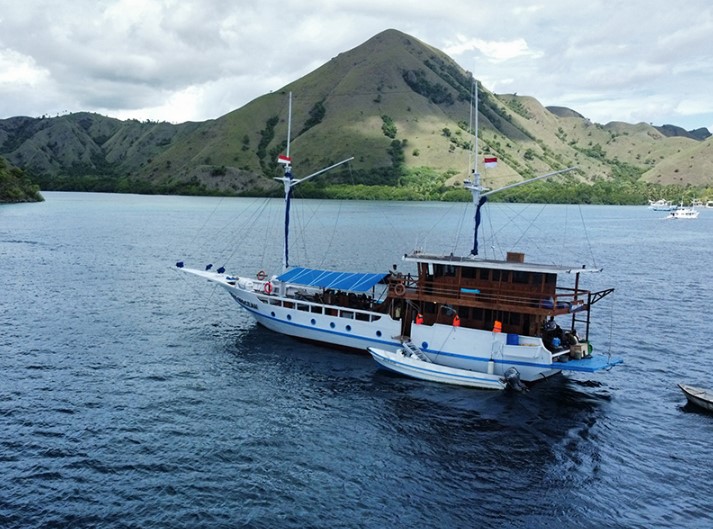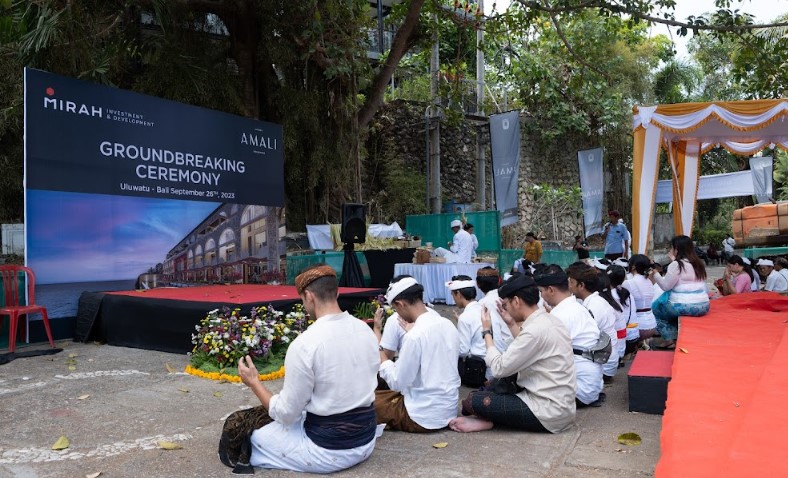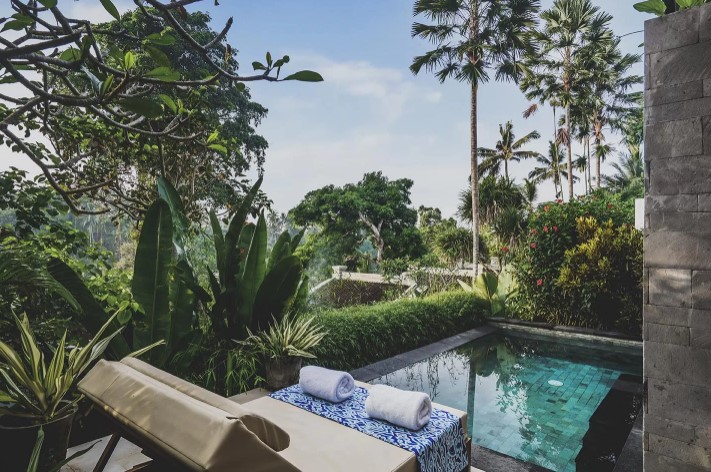
Planning for your annual vacation? Don’t let inflation get you down as we help you find the best deals on your next flight.
Whether you are planning to travel to Japan, Thailand, New Zealand or Europe, every country has its peak tourist season and its corresponding low and shoulder seasons. Travelling during these non-peak periods can bring you not just better savings but also fewer people to photobomb your perfect selfie.
Read Also: Long Weekends For Kids: What Leave Days Can Parents Take To Maximise Their Holidays?
Choose The Right Day And Time To Fly
Whether we are travelling during peak tourist season or not, there are some general tips we can use for booking cheaper flights.
Google Flights has busted the myth about the best days for booking flights. There is not much difference between booking your flights Tuesdays, Wednesdays, or Thursdays instead of Saturdays or Sundays. Google Flight’s price analysis showed only 1.9{8ac304f283d9048aa406820cdb3efba1388565cefcdaf9ad6f054e81ea9085be} price difference on average over the past five years.
However, there is a difference for the day and time for our flights. Flying in the middle of the week (specifically flights departing on Monday, Tuesday or Wednesday) is about 12{8ac304f283d9048aa406820cdb3efba1388565cefcdaf9ad6f054e81ea9085be} cheaper than flying on the weekend. Not a surprise when you consider that most people are maximising their annual leave by using flying off and returning on the weekends.
Additionally, convenient timings will cost more. Most people want to maximise their time at their travel destinations while minimising the discomfort (and jetlag) of a redeye flight. Thus, try booking early morning, mid-day or late-night flights which tend to be cheaper and avoid the popular late-morning and early evening timings.
From tropical paradises, bustling cities to cultural sights, take your pick from these popular travel destinations for your next vacation.
Read Also: 5 Tips To Save Your Sanity And Money On An Overseas Trip During A School Holiday (For Both Parents And Non-Parents)
#1 Japan
From anime, geishas, to Mt Fuji, Japan is a popular holiday spot for Singaporeans. Despite the language barrier, Japan is surprisingly easy to get around and the favourable exchange rate is another big bonus.
The spring months of March to May and the autumn season of September to November are the peak season for sakura and autumn leaves viewing, respectively. Other peak periods for locals include Christmas/New Year’s holidays in December and January, the Golden Week festivities in late April through early May, and the Obon Festival in August.
The low and shoulder season of June to August coincides with Singapore’s school holidays and Japanese summer which tourists tend to avoid for the rainy, muggy warm weather. Japanese However, if you are intending to head to the mountainous regions or northern part of Japan (hello, Hokkaido!), the temperatures may still be mild, especially compared to Singapore.
Alternatively, if you are a fan of the cold, the winter season from December to February may be a good time to visit. However, you may want to stay away from the ski resorts which are having their peak season. The Christmas and New Year holiday are big occasions for the Japanese and you may find places and restaurants closed for the holiday. If you are lucky, warm weather may bring an early start to the hanami season or head south to Okinawa where sakura bloom as early as January.
Avoid: Christmas/New Year’s holidays in December and January, spring months of March to May (especially Golden Week in late April/ early May), Japanese summer holidays which start in Jul to August, autumn months of September to November
Try: June to August (summer) and December to February (winter)
Read Also: Travelling To Japan: Should You Lock In The Rates For Your Japanese Yen Now?
#2 South Korea
Visit the land of K-pop and K-drama and maybe catch a glimpse of your favourite idol. South Korea is another popular location for Singaporeans who can’t get enough of Hallyu.
Similar to Japan which shares a similar climate, the peak tourist periods are in spring (April to May) and autumn (September to October). Autumn is especially popular for its foliage. July is when the monsoon season starts while summer break is between mid-July to August. December to February is the low and winter season for South Korea (even Jeju can be chillier than expected) but avoid Seollal, the Korean New Year or Lunar New Year, when places in the cities may be closed as locals return home to celebrate.
Avoid: Autumn months of September to October, monsoon months of July and August and spring months of April to May
Try: June (summer), December to February (winter)
#3 Thailand
The land of smiles is just a short flight away for Singaporeans who often choose Thailand for a short getaway. Yet, it also has plenty to offer for travellers planning a longer stay with its beautiful beaches and bustling capital.
November to February is the peak tourist season for Thailand which is when the weather remains relatively cool and dry. Thankfully, the shoulder and low seasons which span the hot season (April and June) and the rainy season (June and October) should be tolerable to the average Singaporeans who are used to dashing for shelter and air conditioning between the various malls.
If you are planning to head to the islands, the rainy season is different for the Andaman coast and the Gulf of Thailand. Avoid Phuket, the Phi Phi Islands and other islands along the Andaman (west) coast, during the monsoon season of June to October. On the Gulf of Thailand (east) side, places like Ko Samui, Ko Phangan and Ko Tao face the monsoon rains between October and December. While it may be a good time for bargains, some resorts/ islands will remain closed during the monsoon season.
Also avoid the Songkran Festival in April if you don’t enjoy unexpected splashes of water.
Avoid: November to February, Songkran in April
Try: April to June (hot season) and June to October (rainy season)
#4 Vietnam
Similar in climate in Thailand, Vietnam has its own unique culture and history whether you’re there for pho, Vietnamese coffee, or the sights of Halong Bay.
December to April is the peak and dry season for Vietnam. International tourist arrivals also tend to peak in July to August. May to October is the rainy season. Generally, low season is April to June and September to November.
Tet or the Vietnamese New Year (also Lunar New Year) is a big celebration in Vietnam, so be prepared for crowds and festivities. Other dates to watch out for include 30 April (Vietnam Reunification Day) and 1 May (International Work Day).
Avoid: Tet or Lunar New Year in January/ February, December to April, July to August
Try: April to June and September to November.
#5 Indonesia
If island-hopping is your thing, Indonesia will be your largest playground as the world’s largest archipelago in the world with five major islands and about 30 smaller groups of islands. Aside from Bali and Bintan, Indonesia has many more islands for Singaporeans to explore.
The dry season from mid-April to September (which is also popular for tourists) while the wet season is October to mid-April. The peak tourist season is July to August and December. Shoulder season is May, June and September and low season is between January to April.
For travellers heading to Bali, take note of Nyepi or the Balinese “Day of Silence”, which is a day of day of silence, fasting and meditation for the Balinese, usually in March. While tourists need not follow the restrictions within their own hotel rooms, there is no work, no entertainment or pleasure activities open and no travelling is allowed. Don’t expect to go onto the beaches or streets, or take a flight that day as the only airport in Bali remains closed for the entire day.
Avoid: April to September, especially July to August, Nyepi in March, December
Try: January to April
#6 Hong Kong
The Pearl of Orient, Hong Kong is a cosmopolitan city that is known for its food and shopping, two favourite activities of Singaporeans.
The peak season for tourism is October to December when Hong Kong enjoys mild winter. Christmas and New Year parties abound during this period. Lunar New Year (late January or early February) is also great celebration with festivities everywhere, including fireworks by the bay.
March to May is the shoulder season with the warmer mild weather while June to September is the monsoon season with July and August being the peak period for possible typhoons.
Avoid: October to December (winter), Lunar New Year in January/ February
Try: March to May
#7 Taiwan
An Asian city known for its night markets, food and shopping, Taiwan also offers many scenic spots for travellers to enjoy, such as Alishan Mountain, Taroko Gorge and Sun Moon Lake.
Similar in climate to Hong Kong, the summer break in July and August is a peak season for Taiwanese locals. Lunar New Year (late January or early February) is also a great celebration with festivities everywhere as well as “Double Ten”, 10 Oct which is the Taiwan National Day.
April to June is spring in Taiwan and if you missed the sakura blossoms in Japan, consider Taiwan as an alternative. June to August is summer and peak season. The typhoon season generally lasts from July to September, with most typhoons occurring in August. September to November is autumn and December to March is winter and low season.
Avoid: July and August, Lunar New Year in January/ February
Try: September to November (autumn) or December to March (winter).
#8 Australia
If you want a winter in June, head to the land down under. Australia enjoys the opposite seasonality of the Southern Hemisphere.
Summer which is also the peak tourist season is between December to February. This is also the local summer break which is between December and January. Summer in Australia can be intense with soaring temperatures. Consider February which is after the summer break if you want to experience a milder Australian summer.
Winter is between June and August, tends to be the low season for most of Australia. However, this is the peak period for places like Cairns and the Great Barrier Reef. Australian winters tend to be mild with few places dropping below freezing. The shoulder seasons are between March to May (autumn) and between September to November (spring). The Easter holidays is 4-day long weekend which tends to be a peak period as well.
If you plan to surf or enjoy beach activities, beware of jellyfish season which typically lasts from October to April in northern Australia and November to March in the north of Western Australia and Queensland.
Avoid: December to February (summer), Easter holiday in April
Try: March to May (autumn), September to November (spring)
#9 New Zealand
The land of hobbits or just gorgeous cinematic scenery, New Zealand is another Southern destination to consider.
Similar to Australia, the seasons are reversed. The peak season is in Summer, between December through to March. Summer break is between December and January. March and April are autumn, with mild weather that can continue all the way to April depending on the place. The Easter holidays is 4-day long weekend which tends to be a peak period as well.
June is the start of ski season and winter. If you want to celebrate the Maori New Year, Matariki, head to New Zealand in July. September marks the start of spring, but ski season usually winds down in October.
Avoid: December to February (summer), Easter holiday in April, June to October (ski season)
Try: March to May (autumn), September to November (spring), June to August (winter)
#10 Europe
From vineyards, churches, history, and culture, Europe encompasses many countries from Mediterranean Greece to France known for its city of love. Thankfully, travelling within Europe is seamless due to the European Union which makes it a great choice for Singaporeans who like to check off as many places as possible in a single holiday.
The peak season in Europe is roughly mid-June through August (summer). The shoulder season is between April to mid-June (spring) and September to October (autumn). The low season is November to March (winter). In between the shoulder and low season are a few peak periods such as spring break in March and Christmas/ winter holidays in December.
In general, beware of public holidays such as Bastilles Day in France when attractions tend to be closed and daylight hours when travelling in the low season. January and February tends to be the coldest months as well as the period with the least number of tourists.
Avoid: June to August (summer), Christmas in December, spring break in March
Try: September to October (autumn), November to March (winter), April to May (spring)
Read Also: Best Countries For Singaporeans To Travel To (Based On Exchange Rate)
As much as we would like to plan our vacations to take advantage of the cheapest periods to fly, sometimes it’s not possible. Maybe we have a kid in school, maybe we are working in school, we have a project to launch, etc.
Still, even if we can’t change the time we fly, we can still save on how much we spend by choosing the right travel destination with a favourable exchange rate. We can take advantage of favourable exchange rates and minimise our currency exchange fees by switching to a multicurrency card and wallet, such as Revolut or YouTrip.
DollarsAndSense Exclusive:
If you’re interested in YouTip, check out our step-by-step guide for registering for YouTrip. Use the promo code DNS5 during registration to receive an additional $5 in your YouTrip account!
Another great option for travellers is the Revolut Card, sign up with our link to receive a bonus S$15 top-up to your account! T&Cs apply. For new sign-ups only.
Listen to our podcast, where we have in-depth discussions on finance topics that matter to you.





More Stories
Exploring the Enchanting Ijen Bromo Tour from Bali
Bali Canyoning Adventure: Exploring the Thrills of the Island’s Hidden Gems
Bali Tourism Minister Calls On Airlines To Add More Flights To Recession-Proof The Economy